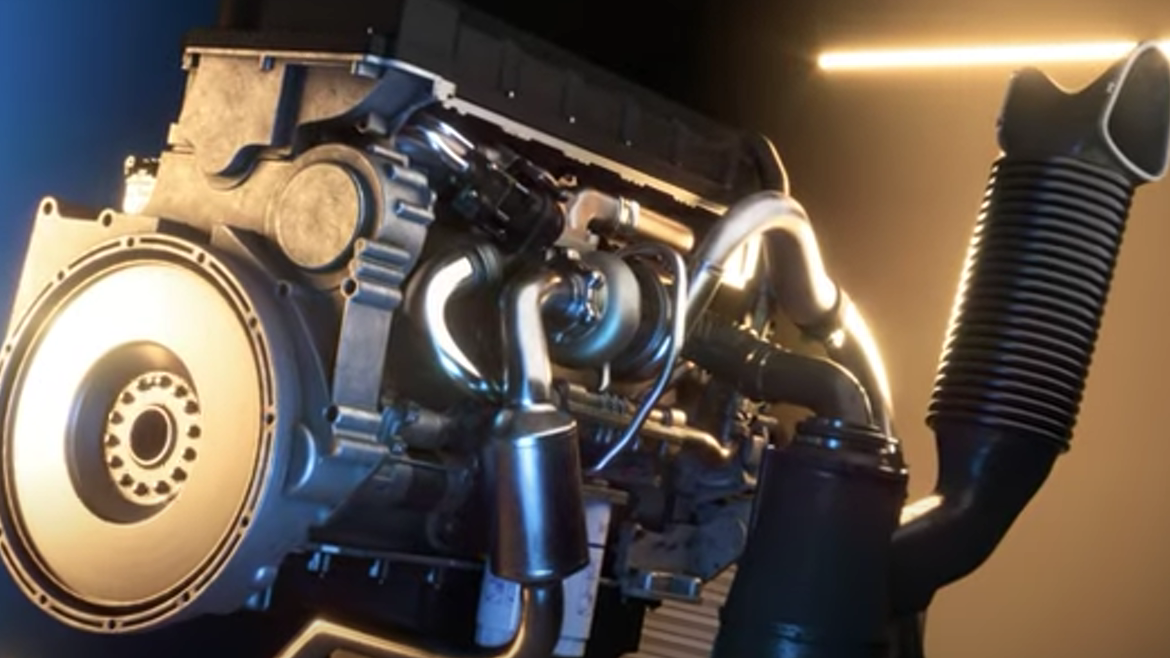2021 marks the 25th anniversary of the European Automobile Manufacturers' Association's (ACEA) European Oil Sequences and the 11th revision to the European Heavy Duty Diesel Sequences. Starting in 1996, ACEA E1 through E3 were released to define the minimum quality of service-fill engine lubricants for use in members vehicles. Fast forward to today and, amongst its members—16 major Europe-based car, van, truck and bus makers, ACEA is responsible for positive and significant development in the performance of service fill engine lubricants.
With uncertainty surrounding the release date of the revised ACEA Heavy Duty Diesel Sequences, the E Sequences are now anticipated to be released in the first half of 2021 with new F Sequences under development for a later release date. These revisions occur during a period of significant change in the commercial vehicle industry with pressures of decreased emissions, increased efficiency, advances in hardware as well as the adoption of alternative fuels.
Key Revisions to the ACEA 2021 Heavy Duty Diesel Sequences
E Sequences
- ACEA E8 replacing ACEA E6
- ACEA E11 replacing ACEA E9
- Current ACEA E4 and ACEA E7 specifications will remain to serve legacy engines
The focus of the upgrades to the ACEA E8 and ACEA E11 specifications will be enhanced oxidation performance and piston cleanliness with the inclusion of established ASTM engine tests developed for API CK-4. As a result, additional original equipment manufacturer (OEM) engine tests will include:
- Volvo T-13
- Caterpillar Oil Aeration Test (COAT)
- Replacement of the OM501LA test
The Volvo T-13 is an oxidation test and is to be added in ACEA E8 with higher limits aligned to API CK-4 therefore increasing oxidation performance requirements. It is essential that a high-performance diesel engine lubricant has good oxidative protection during an oil drain interval as oxidation leads to many undesired issues: acid formation, sludge and varnish formation, oil thickening and lubricant decomposition.
The COAT test evaluates an engine lubricant's resistance to aeration. Aeration occurs when air contaminates a lubricant. It is critical that an engine lubricant delivers good aeration performance as excessive air leads to loss of engine power and oil pressure. Should foam be formed, the lubricant will fail to protect engine components from wear.
Another notable change is the replacement of the Mercedes-Benz OM501LA piston cleanliness test. For ACEA E8 and ACEA E4, the OM471 will be used as a replacement with the option to grandfather OM501LA in ACEA E4. Currently, discussions are ongoing within the industry to find a replacement piston cleanliness test for ACEA E7 and ACEA E11. Piston cleanliness is a key requirement of a heavy-duty diesel engine and must be ensured by the lubricant in order to avoid premature wear and decreased efficiency caused by soot and sludge deposits.
Finally, in both ACEA E8 and ACEA E11 the OM646 BIO engine test has new limits which have been increased by 2 points in comparison to ACEA E6 and ACEA E9 for cleanliness.
New F Sequences
In addition to the ACEA Heavy Duty Diesel E Sequences, two new F Sequences (ACEA F8 & ACEA F11) will be introduced with tests currently under development. The release date for these new F Sequences is uncertain however it is thought to be late 2021 at the earliest. The F Sequences will be for enhanced fuel-efficient engine lubricants with HTHS viscosity of 2.9 – 3.2 mPa.s (or cP).
- ACEA F8 will deliver ACEA E8 performance, protection and durability; and align with current high-performance Daimler MB 228.61
- ACEA F11 will deliver ACEA E11 performance, protection and durability; and align with API FA-4
CEC has ongoing activities to develop new Low Soot Wear Tests (LSWT) for the F Sequences which will demonstrate wear protection of the journal bearing, rings and liners in engines which generate low levels of soot.
Transition
From the ACEA Heavy Duty Diesel 2021 release date, new claims for ACEA 2016 specifications will be able to be made for 12 months followed by an additional 12 months in which claims can be maintained before they must conform to ACEA 2021.
For information on the ACEA upgrade relating to Light Duty Engine Lubricants, click here.









